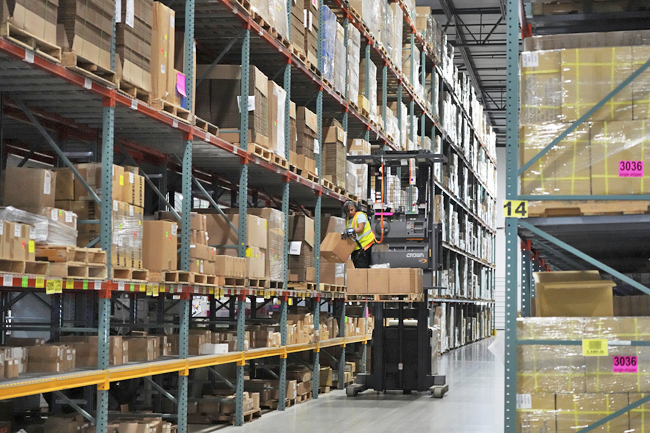WASHINGTON (AP) – Rick Woldenberg thought he had come up with a sure-fire plan to protect his Chicago-area educational toy company from United States (US) President Donald Trump’s massive new taxes on Chinese imports.
“When he announced a 20 per cent tariff, I made a plan to survive 40 per cent, and I thought I was being very clever,” said chief executive officer Woldenberg of Learning Resources, a third-generation family business that has been manufacturing in China for four decades. “I had worked out that for a very modest price increase, we could withstand 40 per cent tariffs, which was an unthinkable increase in costs.” His worst-case scenario wasn’t worst-case enough. Not even close. The American president quickly upped the ante with China, raising the levy to 54 per cent to offset what he said were China’s unfair trade practices. Then, enraged when China retaliated with tariffs of its own, he upped the levies to a staggering 145 per cent.
Woldenberg reckons that will push Learning Resource’s tariff bill from USD2.3 million last year to USD100.2 million in 2025. “I wish I had USD100 million,” he said. “No exaggeration: It feels like the end of days.”
It might at least be the end of an era of inexpensive consumer goods in America. For four decades, and especially since China joined the World Trade Organization in 2001, Americans have relied on Chinese factories for everything from smartphones to festive ornaments.
As tensions between the world’s two biggest economies – and geopolitical rivals – have risen over the past decade, Mexico and Canada have supplanted China as America’s top source of imported goods and services. But China is still number three – and second behind Mexico in goods alone – and continues to dominate in many categories.
China produces 97 per cent of America’s imported baby carriages, 96 per cent of its artificial flowers and umbrellas, 95 per cent of its fireworks, 93 per cent of its children’s colouring books and 90 per cent of its combs, according to a report from the Macquarie investment bank.
Over the years, US companies have set up supply chains that depend on thousands of Chinese factories. Low tariffs greased the system. As recently as January 2018, US tariffs on China averaged just over three per cent, according to Chad Bown of the Peterson Institute for International Economics.
“American consumers created China,” said founder Joe Jurken of the ABC Group in Milwaukee, which helps US businesses manage supply chains in Asia. “American buyers, the consumers, got addicted to cheap pricing. And the brands and the retailers got addicted to the ease of buying from China.” Now Trump, demanding that manufacturers return production to the US, is swinging a tariff sledgehammer at the American importers and the Chinese factories they rely on.
“The consequences of tariffs at this scale could be apocalyptic at many levels,” said senior vice president of government affairs at the National Retail Foundation David French.
The Yale University Budget Lab estimates the tariffs that Trump has announced globally since taking office would lower US economic growth by 1.1 percentage points in 2025.
The tariffs are also likely to push up prices.




